Sunflower Farming Guide
Introduction
Sunflower cultivation is possible in all three seasons: Kharif, Rabi, and Zaid. However, Zaid season is generally preferred due to fewer disease and pest issues, leading to better yields.
Climate and Soil
Sunflower thrives in a dry climate during maturation. It can be grown in various soil types except acidic and alkaline soils, with loamy soil being optimal.
Varieties
There are mainly two types of sunflower varieties:
- General/Hybrid Varieties: Includes Modern and Surya.
- Hybrid Varieties: Includes KBSH-1, SH 3322, and FSH-17.
Field Preparation
In the Zaid season, if moisture is lacking, irrigate the field before plowing. Perform one plowing with a soil-turning plow, followed by 2-3 plowings with a native plow or cultivator to create a friable soil that retains moisture.
Sowing Time and Method
The best time for sowing sunflower in the Zaid season is the second half of February. Sow seeds 4-5 cm deep in lines, maintaining a distance of 45 cm between rows and 15-20 cm between plants.
Seed Quantity and Treatment
The seed quantity varies:
- Hybrid Varieties: 5-6 kg per hectare.
- General Varieties: 12-15 kg per hectare.Treat seeds with 2-2.5 grams of Thiram per kg before sowing. Soak seeds for 12 hours and dry in shade for 3-4 hours before sowing in the evening during the Zaid season.
Fertilizer Application
Apply fertilizers based on soil testing. Generally, use 80 kg of Nitrogen, 60 kg of Phosphorus, and 40 kg of Potash per hectare. Apply half the Nitrogen and the full amounts of Phosphorus and Potash at the time of sowing. Apply remaining Nitrogen 25-30 days after sowing. Reduce fertilizer by 20-25% if following potato crops. Adding 250-300 quintals of decomposed manure or compost during field preparation is beneficial.
Irrigation
The first irrigation should be 20-25 days after sowing, using light or sprinkler irrigation. Subsequent irrigations should be done every 10-15 days. A total of 5-6 irrigations may be required. Light irrigation is crucial during flowering and grain filling to prevent lodging.
Weeding and Hoeing
Perform weeding and hoeing 20-25 days after sowing, following the first irrigation, to control weeds. Use Pendimethalin 30 EC at 3.3 liters per hectare mixed with 600-800 liters of water for pre-emergence weed control.
Earthing Up
Earthing up by 10-15 cm after top-dressing with Nitrogen is essential to prevent lodging due to the heavy sunflower heads.
Pollination
Sunflower is a cross-pollinated crop. Manual pollination by gently moving a gloved hand or a soft cloth over the flowers ensures better seed set. This should be done between 7-8 am.
Crop Protection
Control pests like termites, green leafhoppers, and dusky bugs using Methyl Demeton 25 EC at 1 liter or Fenvalerate at 750 ml per hectare, mixed with 800-1000 liters of water.
Harvesting and Threshing
Harvest when the seeds become hard. Cut the heads and dry them in the shade. Thresh the seeds by beating with sticks or using a sunflower thresher.
Storage
Dry the seeds thoroughly to reduce moisture content to 8-10%. Extract oil within 3 months to prevent bitterness. Store under proper conditions.
Yield
The yield varies:
- Hybrid Varieties: 20-25 quintals per hectare.
- General Varieties: 12-15 quintals per hectare.

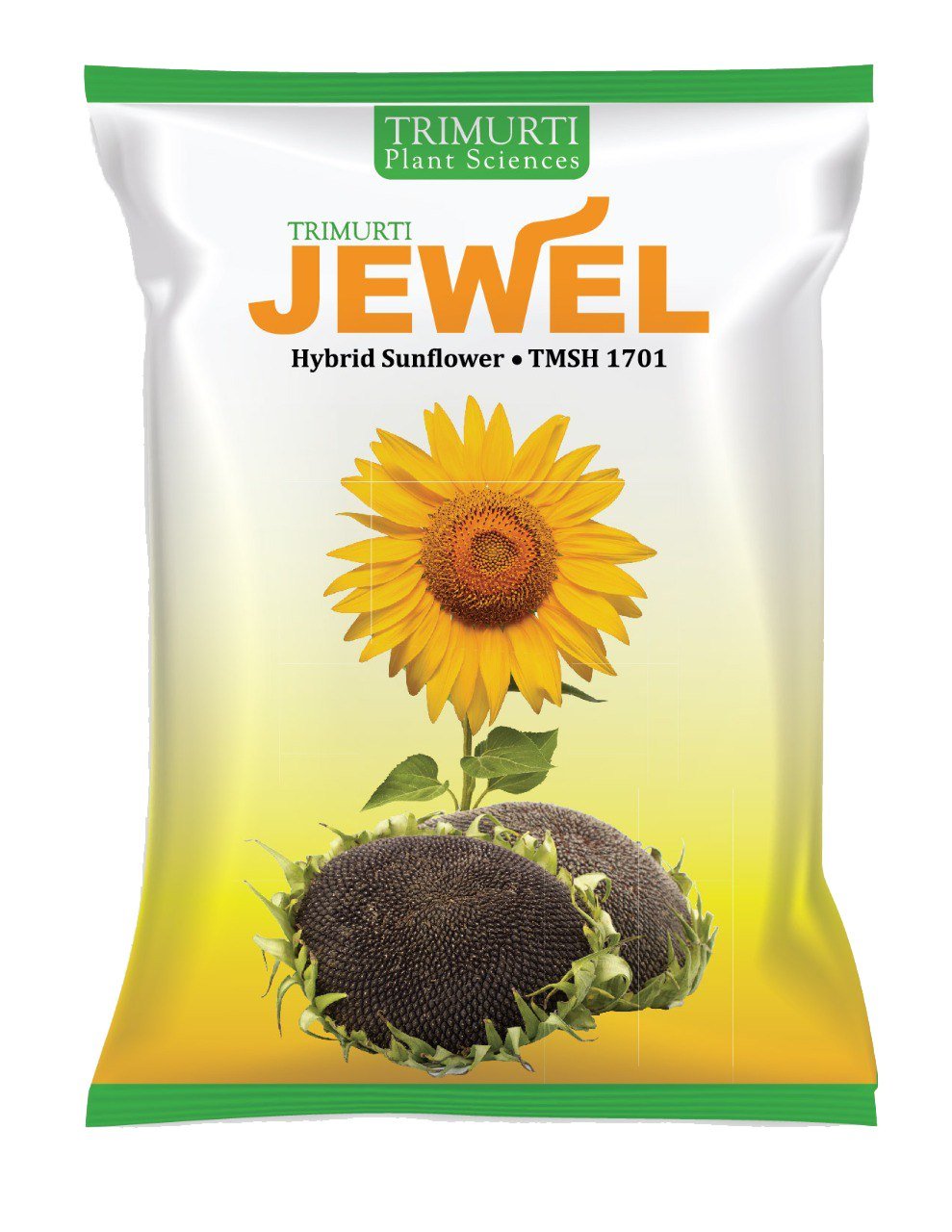





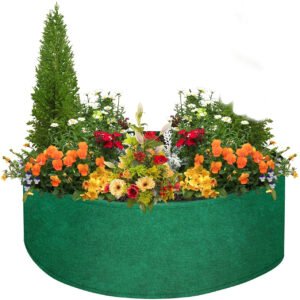

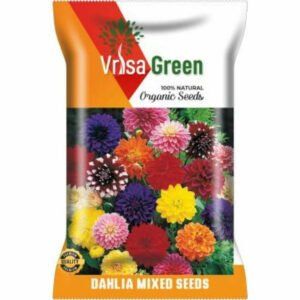


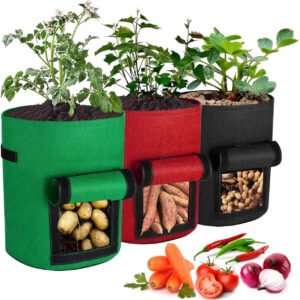
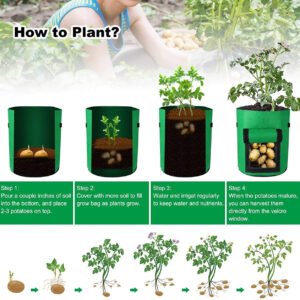

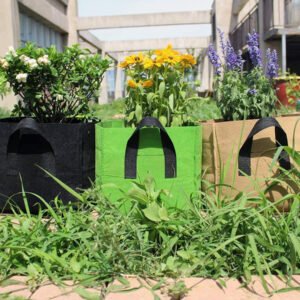

Reviews
There are no reviews yet.